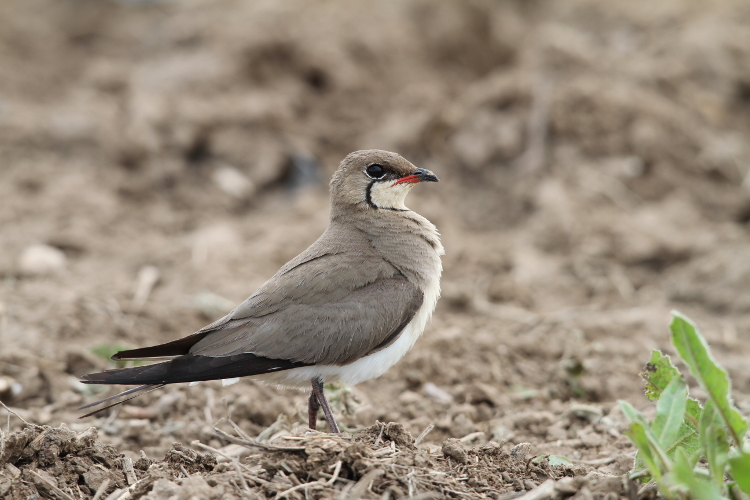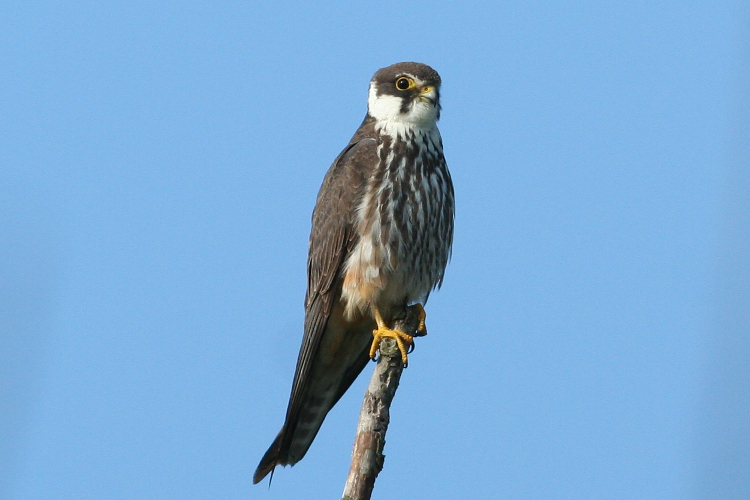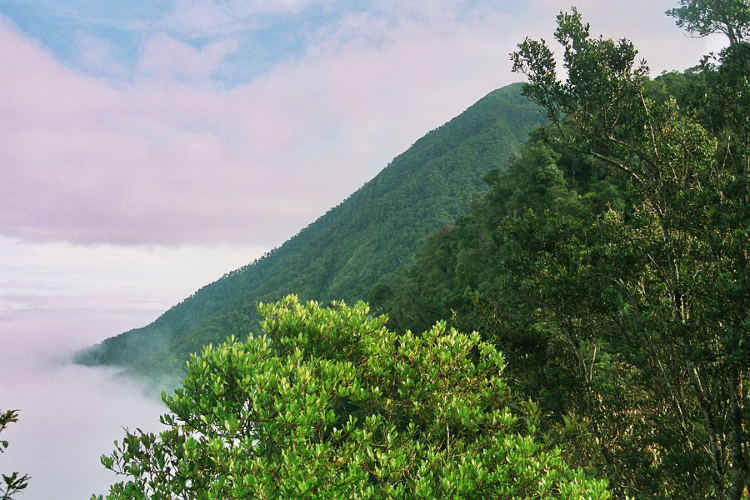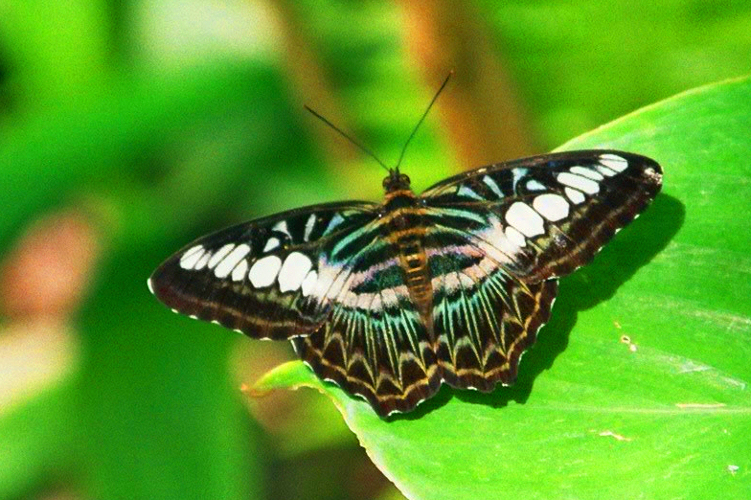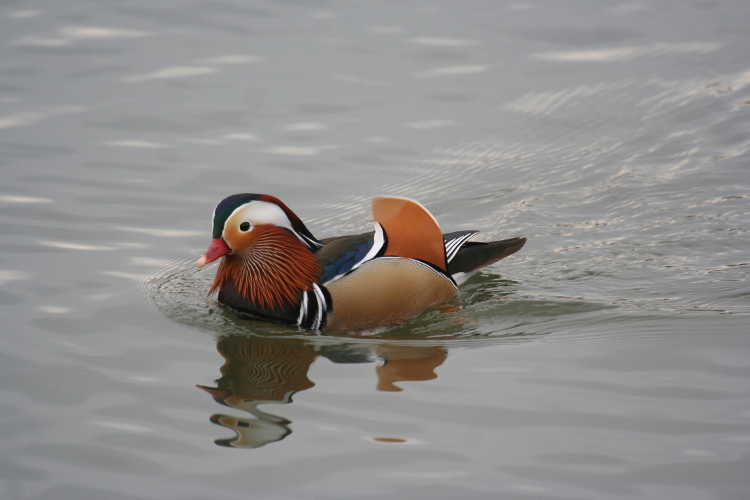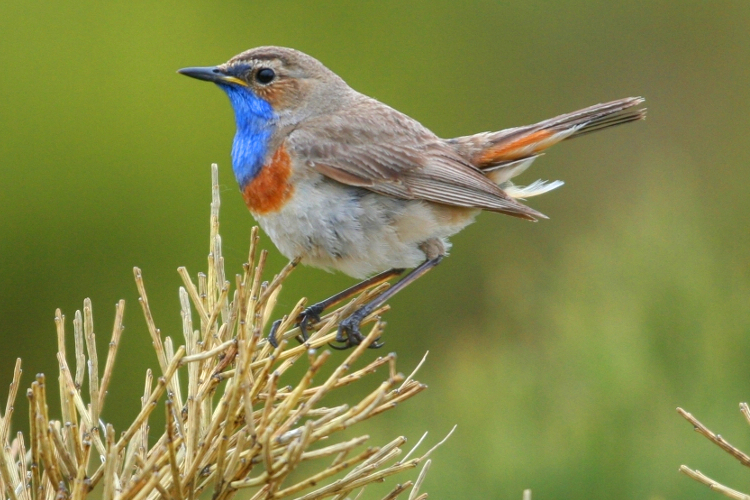LINKS



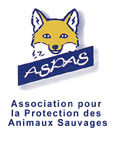

Ayuwat Jearwattanakanok's photo gallery
ouessant-digiscoping
Montier's photo-festival
Mike Watson's blog-page on birds
IOC World bird list
Birds of the World
www.wikiaves.com
orientalbirdclub
www.ornitho.lu
www.ornitho.fr
www.ornitho.ch
Guislain Simard's macro-photo
jewel-beetles
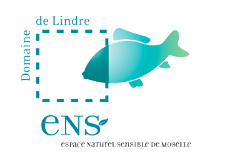




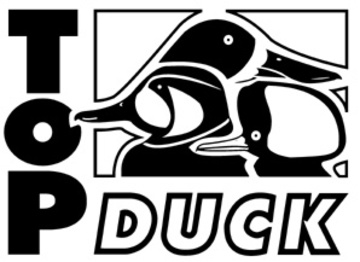
NEWS
SAY NO!
to the abuses of so-called "traditional" hunts in France, these activities do not comply with European law and are mostly condemned by french citizens but are encouraged by a handful of representatives and activists and also by a president lying in front of the lobbies (especially the hunting one)
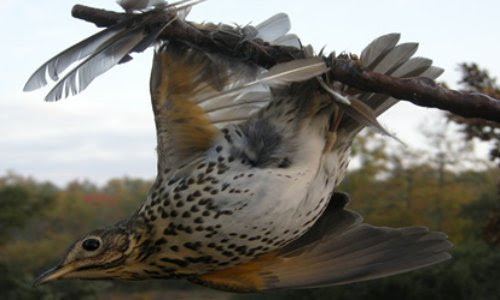
You can support the L.P.O (french league for the protection of birds) or ASPAS (french association for the protection of wild animals) battles on this subject
****
VICTORY!
THE MIGRATORY BIRD TREATY ACT IS RESTORED
This text, published by Obama administration after the oil spill disaster of September 10, 2010 was seriously weakened by Trump administration but in past October 2021 the US Fish and Wildlife service decided to revoke action from ancient president administration that removed initial features of M.B.T.A. More details on winter 2022 session of Living Bird.
****
NEWS FROM MAY 2022: FUERTEVENTURA (CANARY ISLANDS)
Almost a year after a short stay on the island of Tenerife, I am leaving for a week to visit Fuerteventura, the second largest island in the Canary Islands. Compared to its bigger sister, Fuerteventura offers much less contrast, the landscapes remains a preview of what can be found in North Africa: dunes and mountains of medium altitude as far as the eye can see with at best a vegetation stunted consisting mostly of dry bushes and succulents.
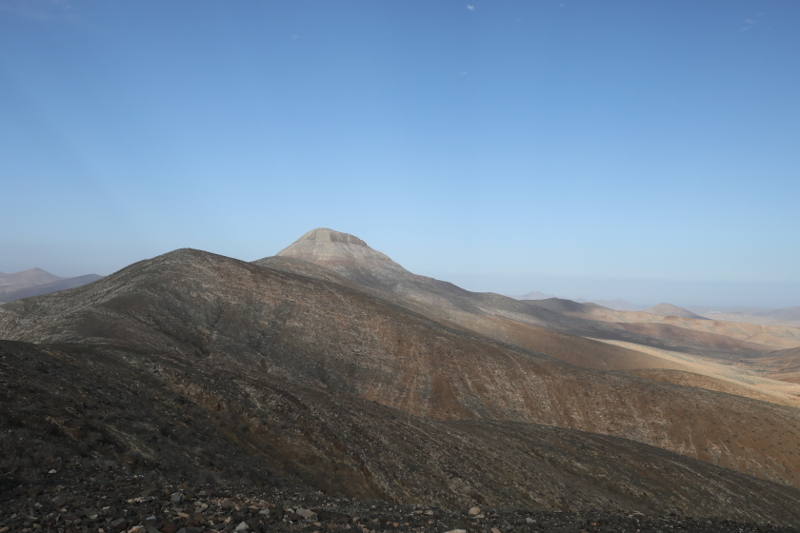
The volcanic activity of the island having ceased 4000 years ago and the erosion due to the chergui (which blows permanently), Fuerteventura offers a fairly uniform and monotonous landscape, very different with the diversity of Tenerife or Gran Canaria . The beauty of Fuerteventura lies above all in its few oases, its endemic succulent plants (such as the Jandia cardoon euphorbia handiensis) and its superb beaches located at all points of the island. Like the other Canary Islands, Fuerteventura has a fairly rich historical past, the Guanches are probably the first men who colonized this island around the 1st millennium BC; subsequently, Fuerteventura was visited or described by many other travellers, Carthaginians, Numidians, Greeks, Romans and Arabs; the Europeans, Genoese, Spanish and Portuguese arrive in turn on the island in the 14th century but initially without establishing colonization; it is only in 1424 that the island becomes (and this, definitively) part of Spain; the natives are reduced to slavery and then massacred by the new masters. This sometimes dramatic past nevertheless offers the current visitor the opportunity to visit some pieces of architecture, scattered around the island, such as several small churches, the most important being located in Bétancuria, place of the bishopric of Fuerteventura.
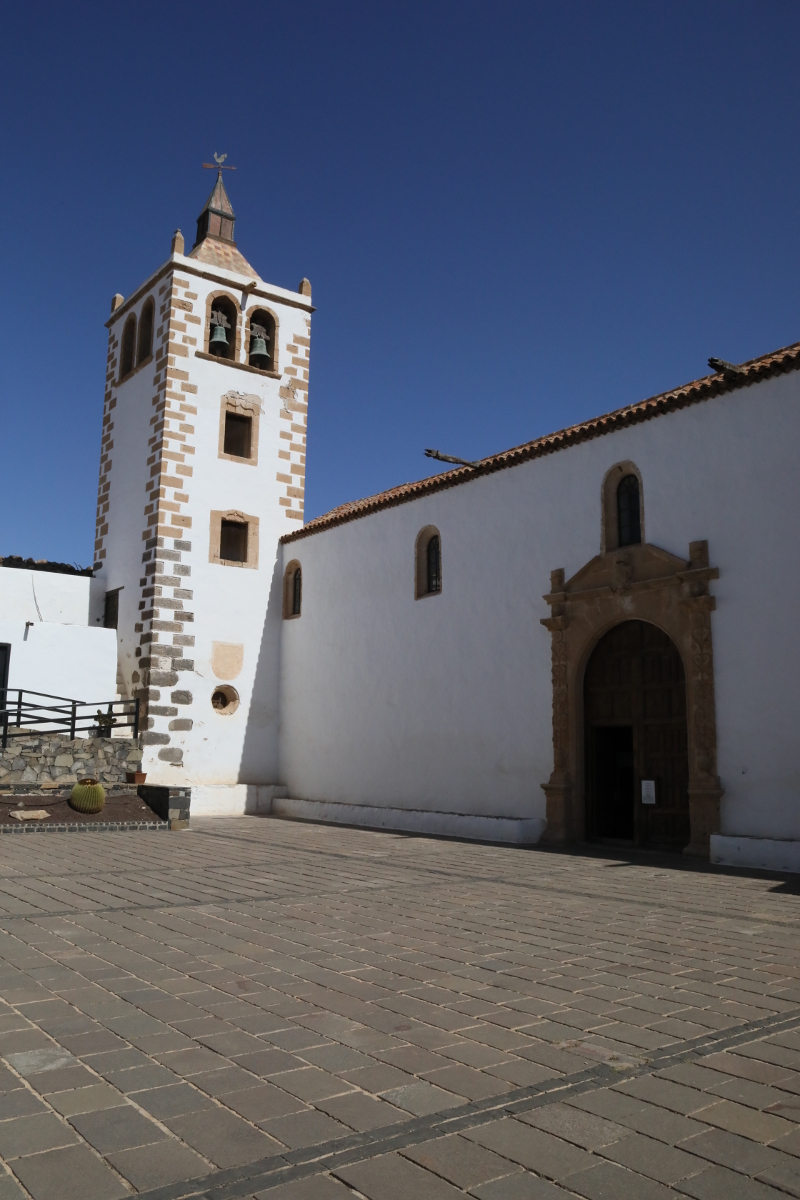
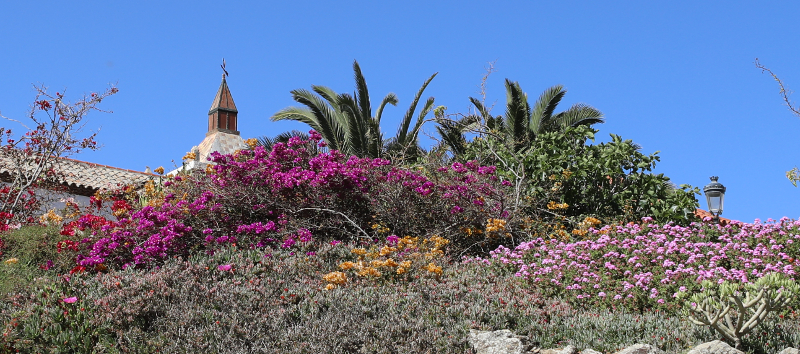
When I visited this charming little town, in addition to the architectural beauties, I noticed that some birds were present there, the Island canary is heard constantly, the european collared-dove and the spanish sparrow are present everywhere.
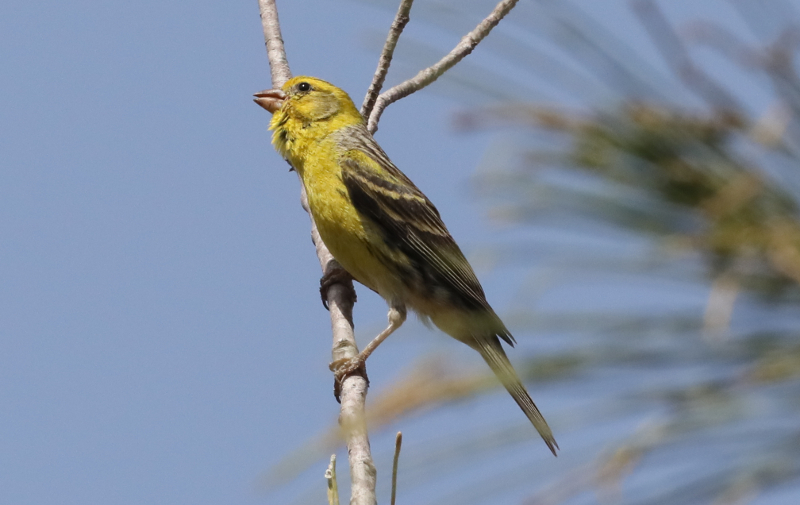
island canary
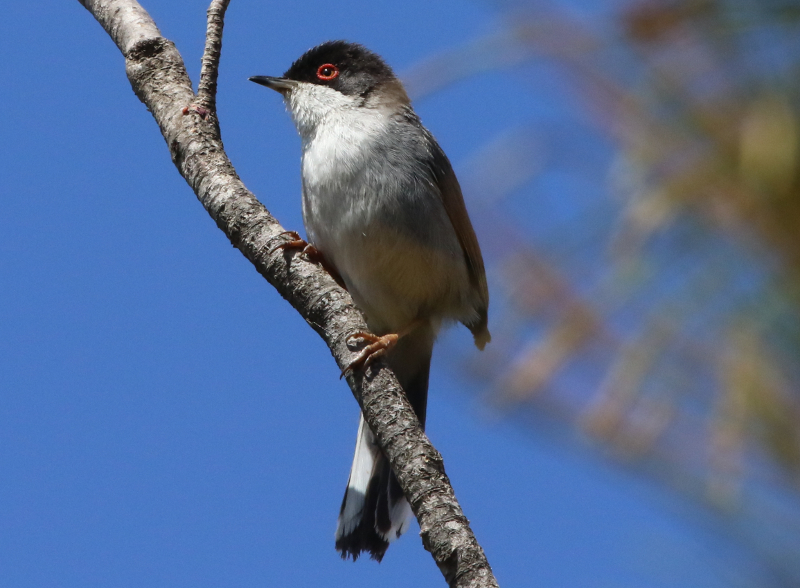
sardinian warbler
The common raven is also easily observed there, as everywhere else on the island; the African blue-tit and the sardinian warbler can also be observed in the parks and gardens located around the church. Fuerteventura offers many localities of great interest for hiking, nature observing and bird-watching; few other animals are encountered in these semi-desert regions with the exception of the squirrel Atlantoxerus getulus, often considered an unwanted invader by the islanders. Two species of lizards belonging to the galliotia genus are present on the island but they seem fairly localized on altitude. I also could visit two major spots, on the one hand the peninsula of Jandia, especially famous for its vast sandy beaches (like Cofete) and its natural park, known to shelter specimens of the cardoon of jandia (euphorbia handiensis), an endemic succulent plant. It is also the domain of a few birds such as the trumpeter finch, the great gray shrike (common throughout the island), Berthelot's pipit and the Fuerteventua stonechat (the only endemic bird on the island) that I was able to observe at the end of the day; in principle, the reserve is also home to the cream-colored cursor, the houbara bustard and other species that I have not been able to observe. Several African or North African species are found on Fuerteventura, I was surprised to see hagedash ibises present on the lawns of the town of Morro-Jable (the main seaside resort of the peninsula). The other main spot in Fuerteventura is around the village of Tindaya, located about twenty kilometers from Puerto del Rosario; the semi-desert steppes around the village are the domain of the uniband sandgrouse, the cream-colored cursor, the eurasian thick-knee and the houbara bustard; this later is quite widespread in North Africa and was once present in a large part of the Arabian Peninsula; but this bird has been so hunted and persecuted by falconers so much that it has almost disappeared from its original regions (it is reported that Qatari emirs still travel to Tunisia with main interest of hunting this bustard); in fact, Fuerteventura and Lanzarote are the only two havens of peace where the houbara bustard is fully protected.
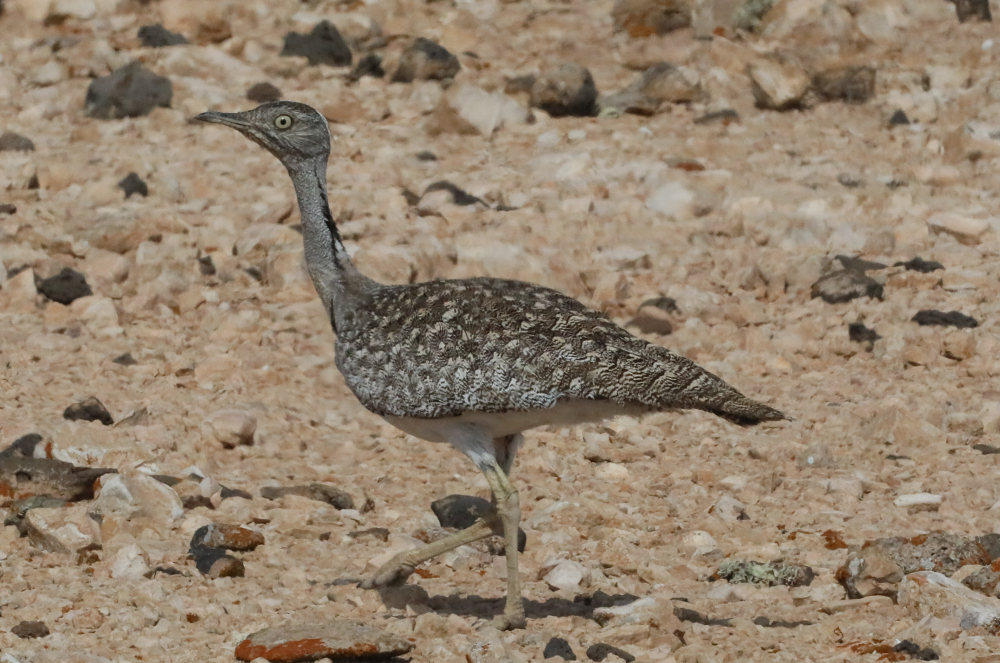
houbara bustard
I was able to see a family group of these birds at the end of the day, the penultimate day of my departure. The other birds present are the great gray-shrike, the Berthelot's pipit, the laughing dove, the trumpeter finch and the inevitable Eurasian collared-dove, Spanish sparrow and the eurasian turtle dove.
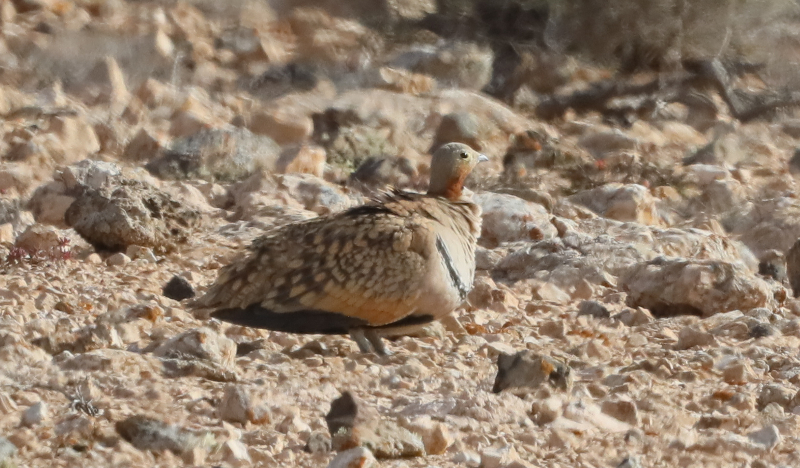
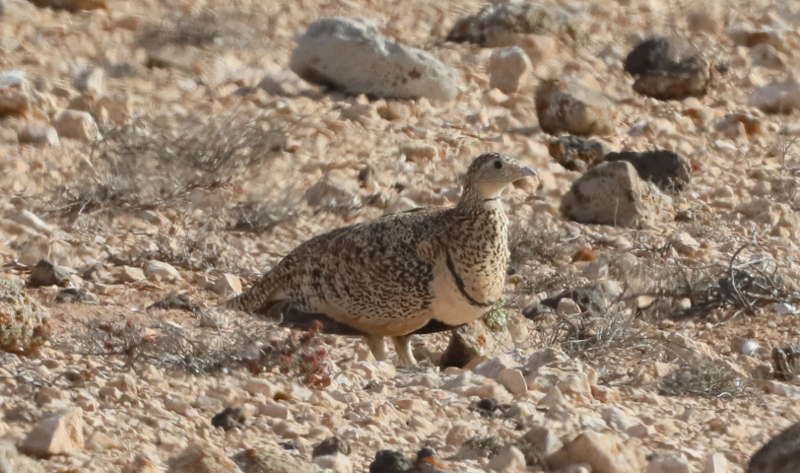
black-bellied sandgrouse
Finally, don't miss the seaside town of Corralejo with its superb beaches and its natural park of sand dunes, a possible habitat for birds such as the cream-colored cursor. The island of Lobos, located in front of Corralejo is easily visited and also has many attractions with its turquoise sea waters, its hiking trails and the many birds that are present there.
